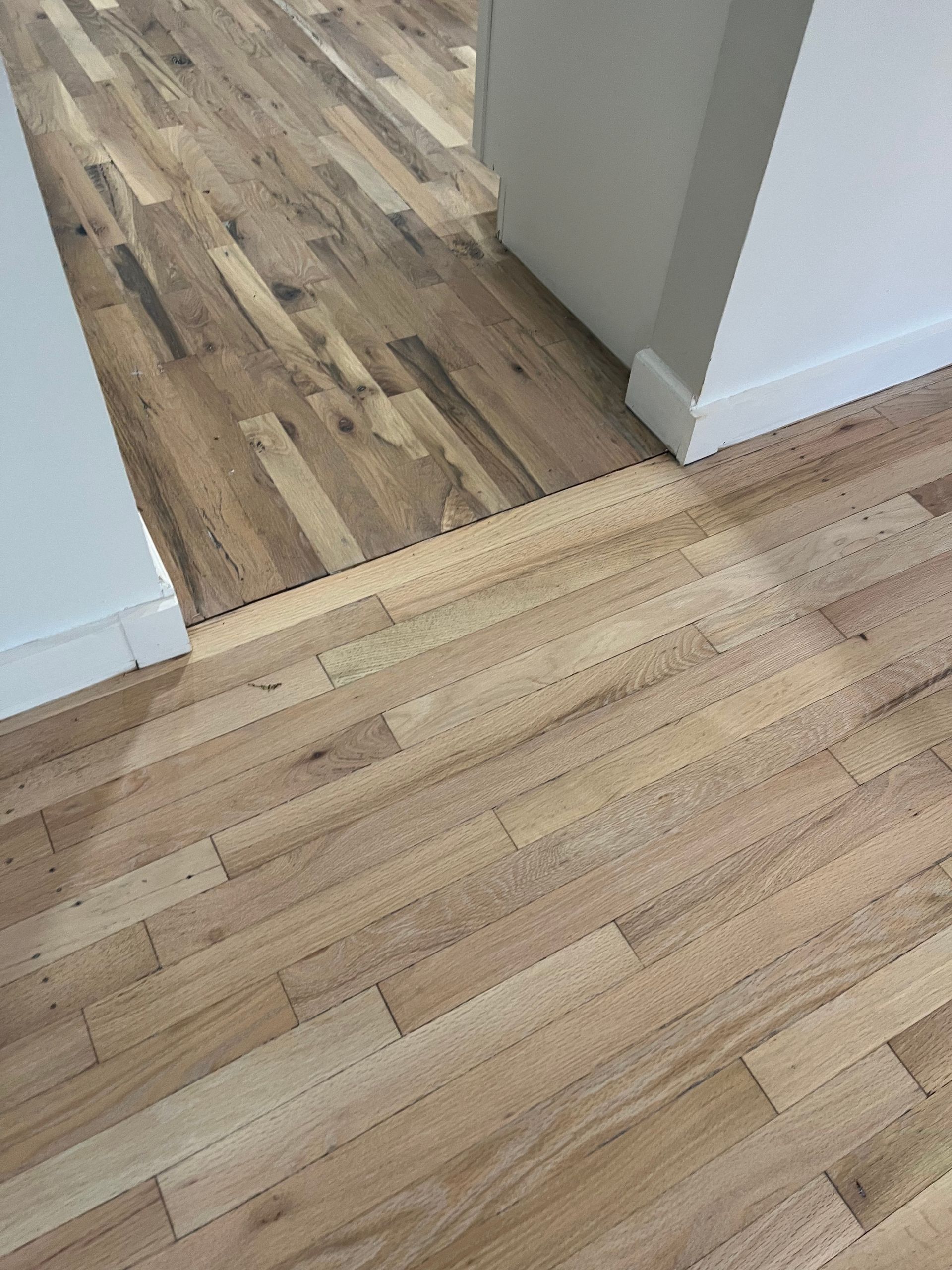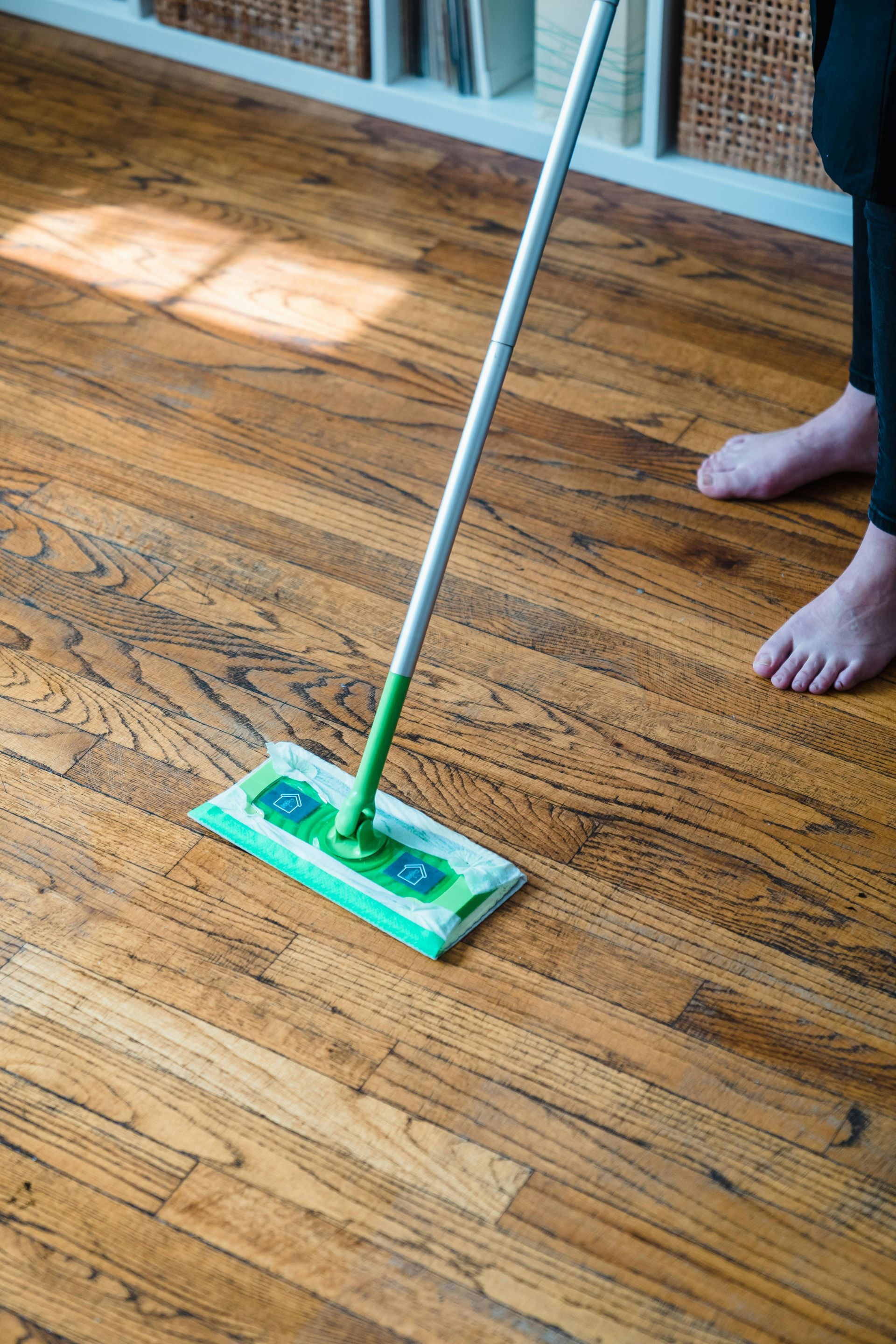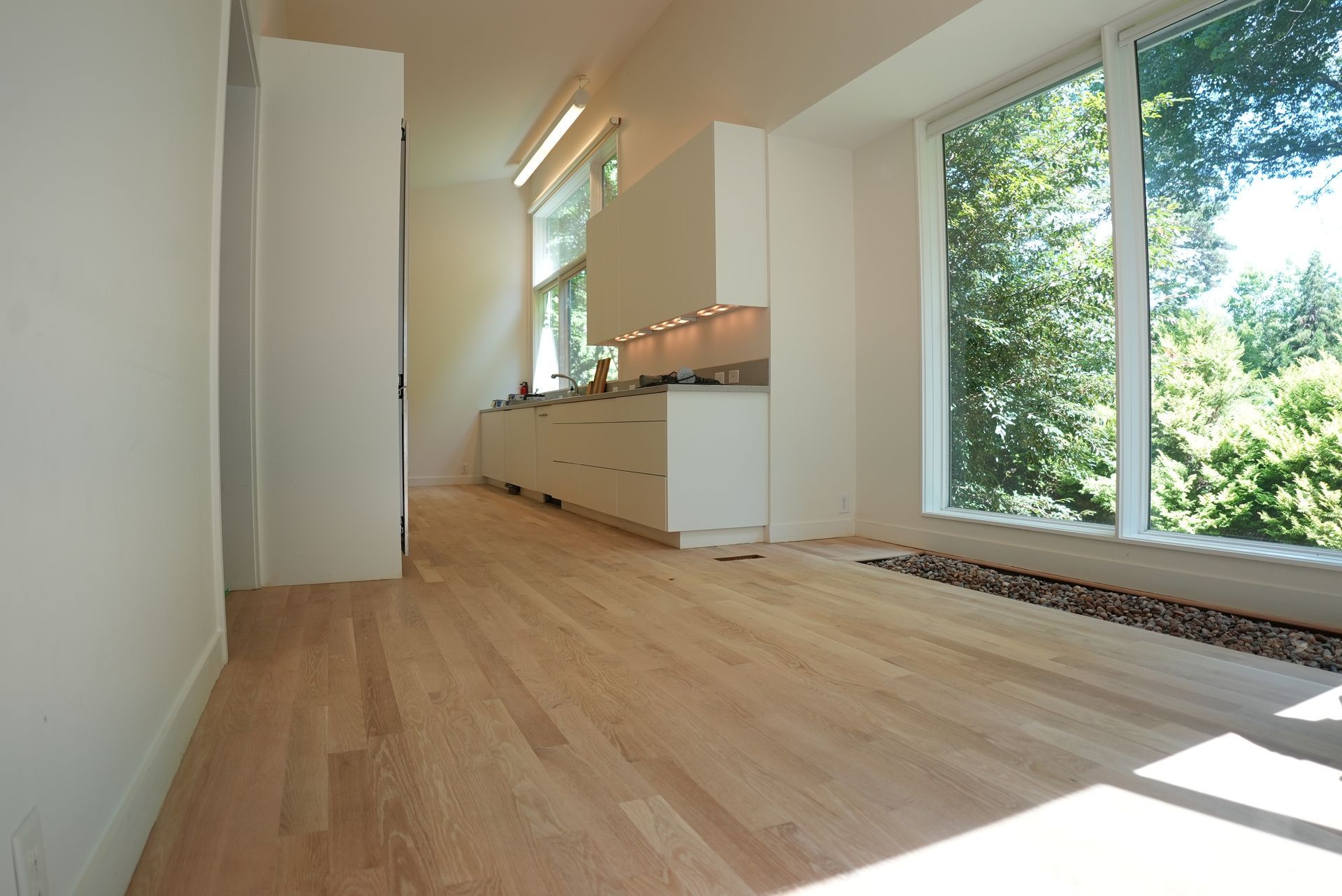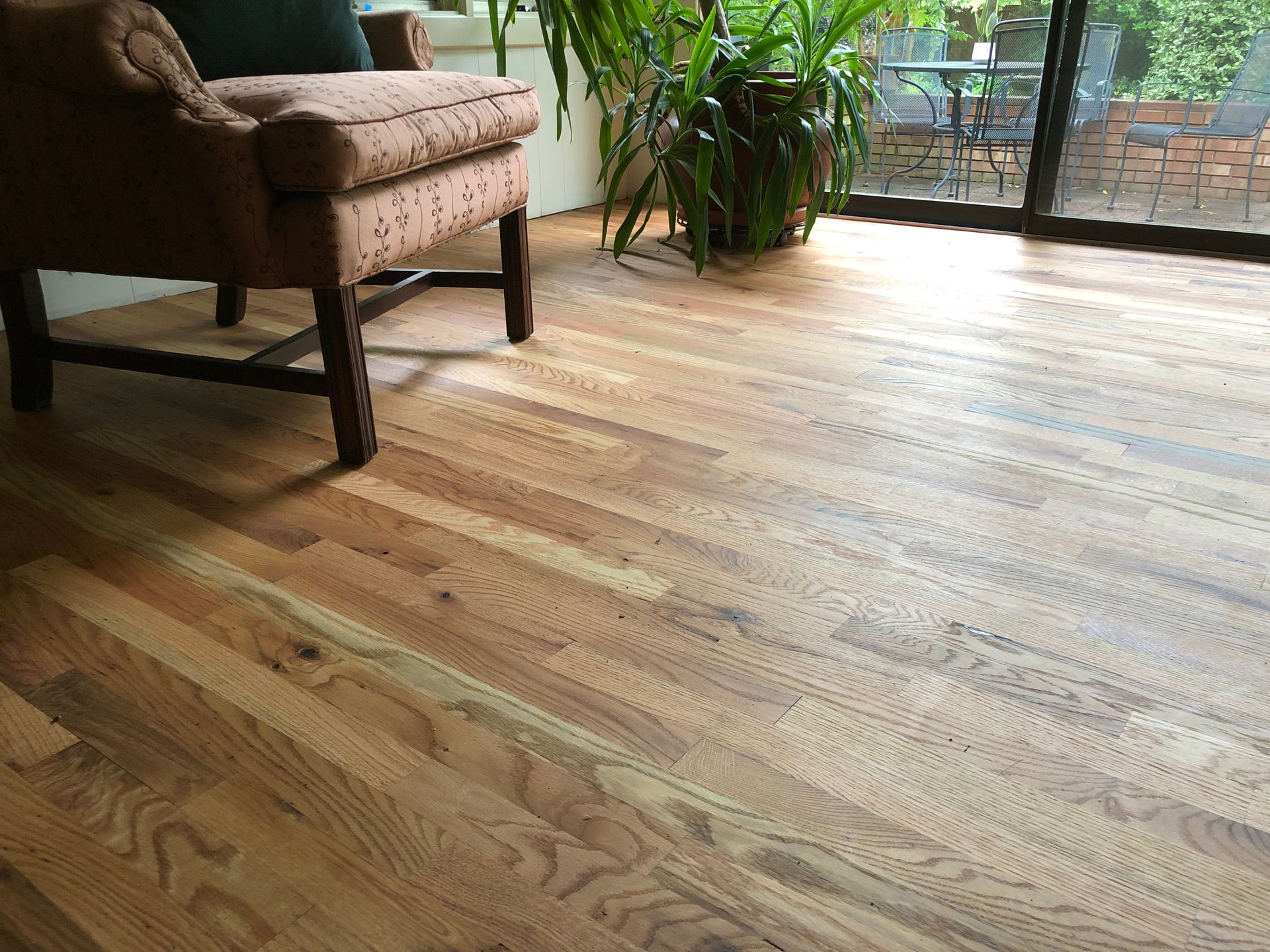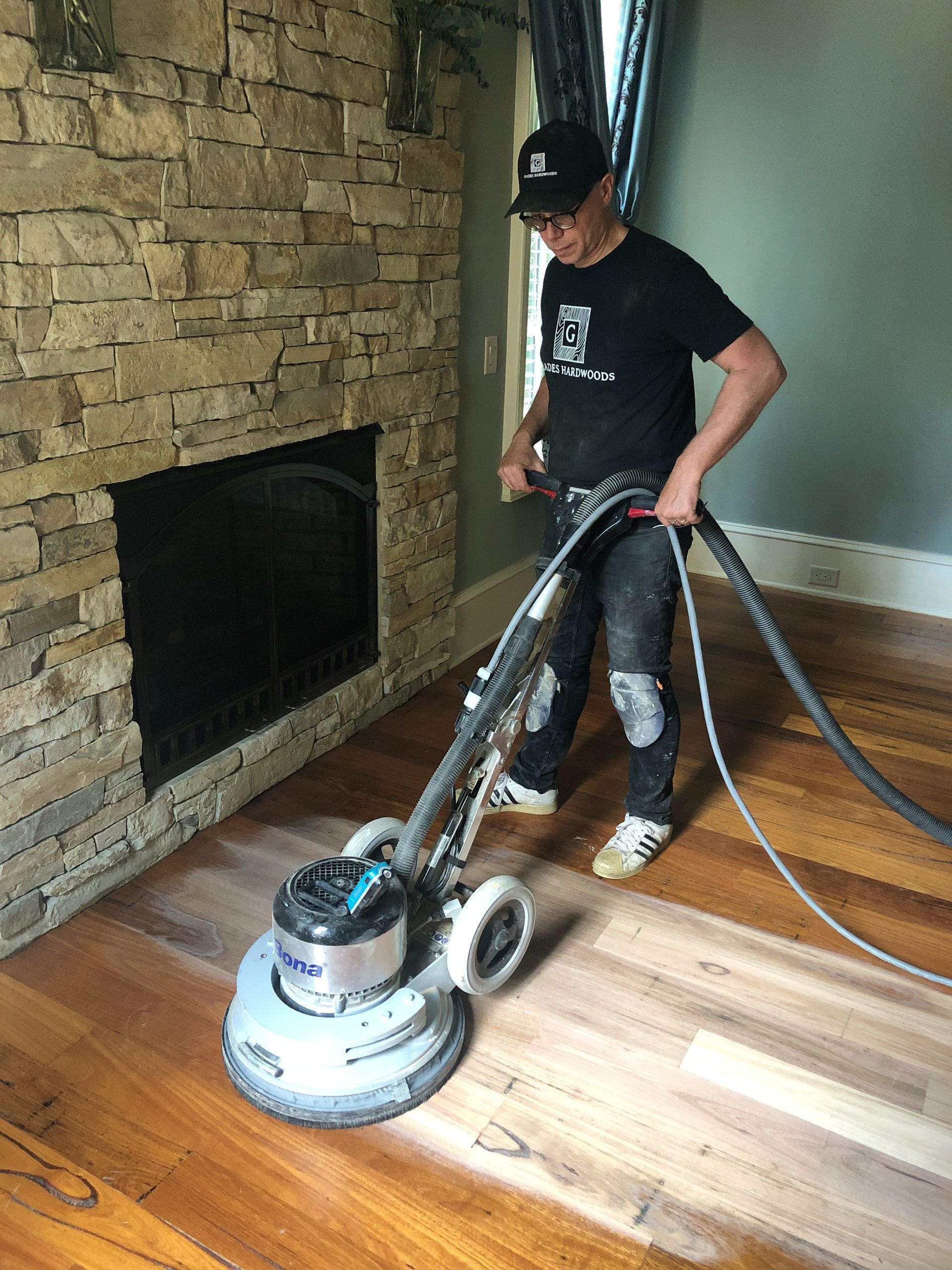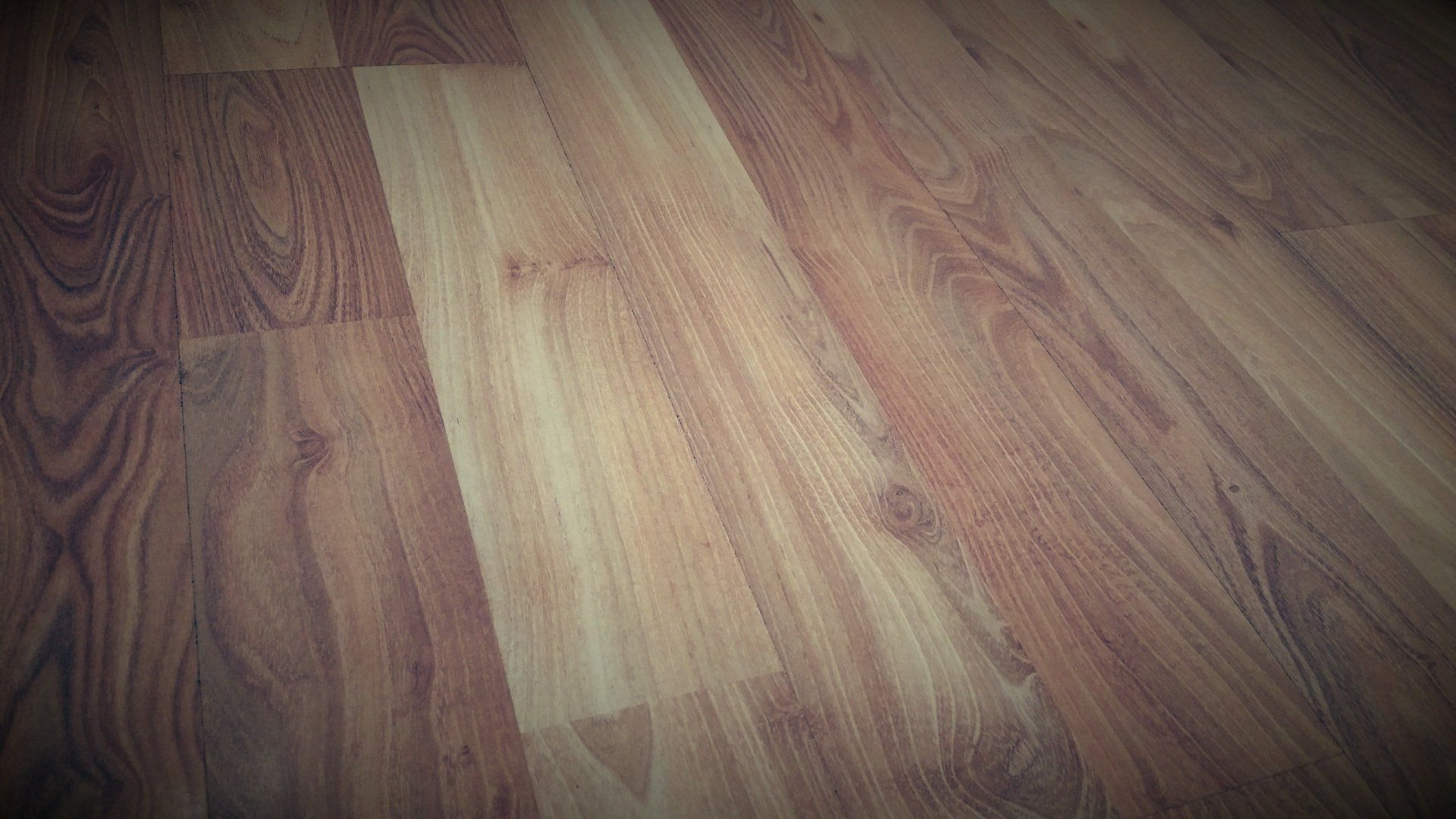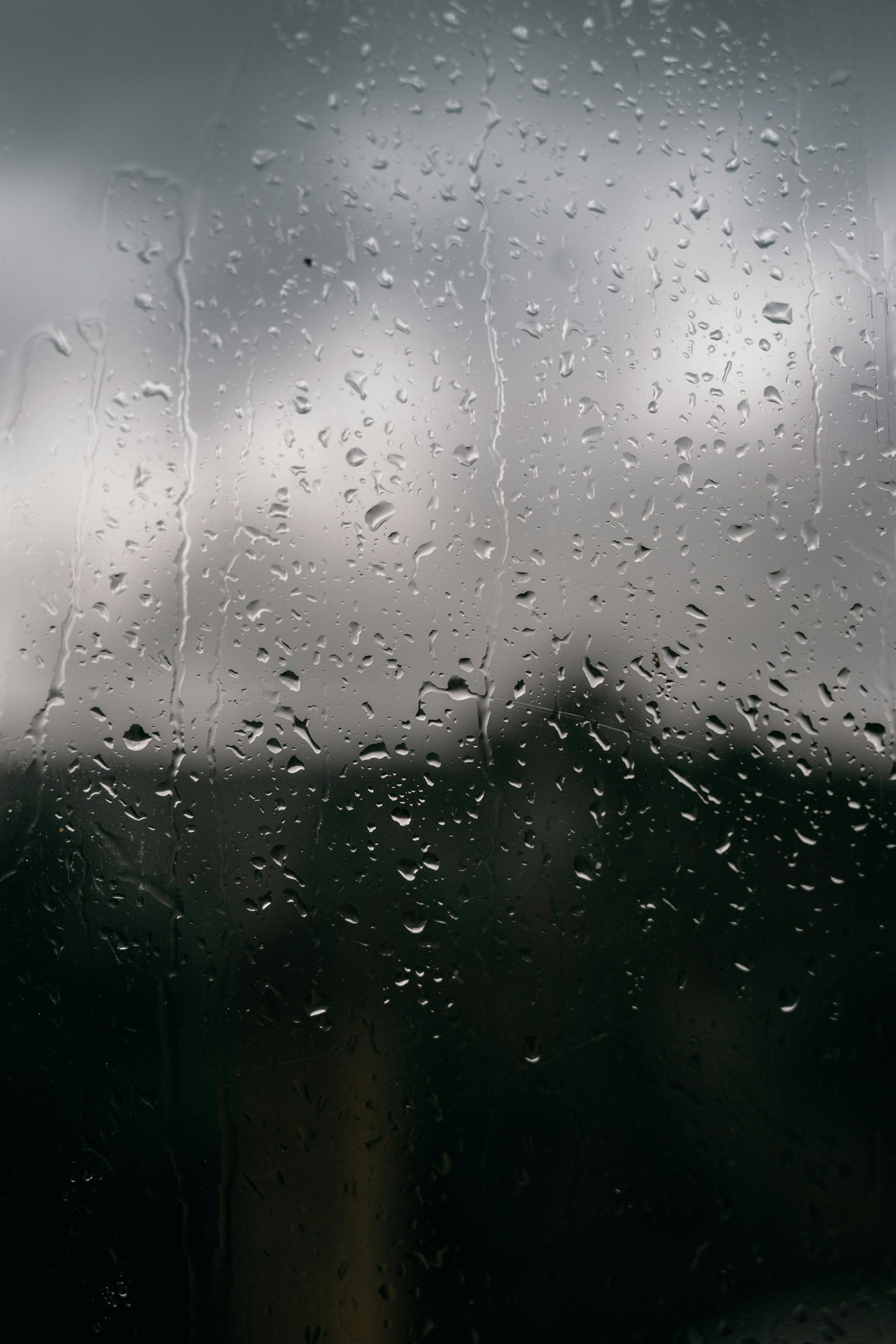Exploring types of hardwood floors perfect for sanding and refinishing.
Reviving Elegance!
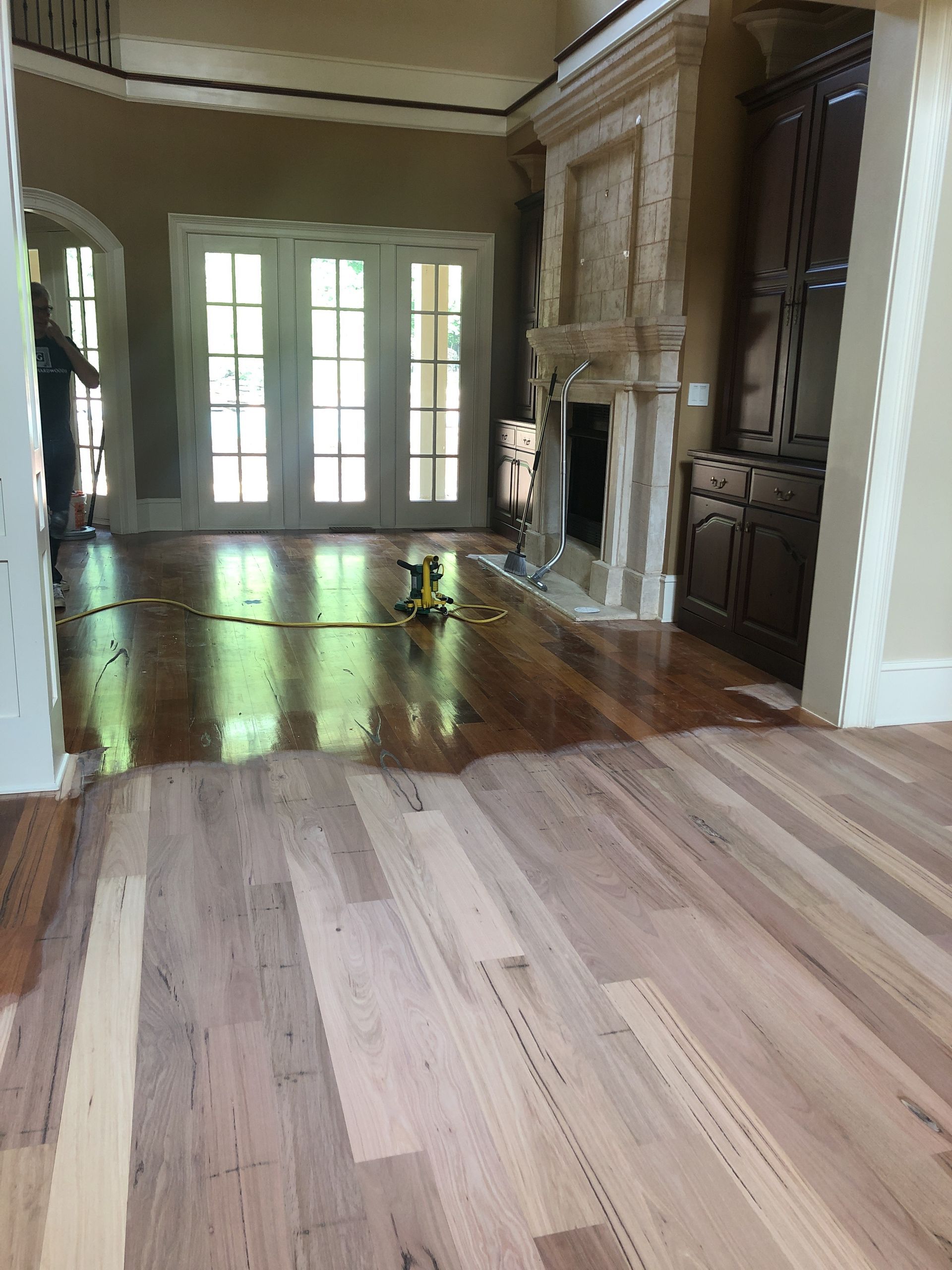
Hardwood floors are a timeless addition to any home, exuding warmth, charm, and elegance. Over time, however, even the most meticulously maintained hardwood floors can start to show signs of wear and tear. This is where the process of hardwood floor refinishing comes into play, rejuvenating your floors and restoring them to their former glory. Among the key steps of this restoration process is sanding, a critical technique that brings forth the natural beauty of hardwood. In this article, we'll delve into various types of hardwood floors that are well-suited for sanding and refinishing, exploring their unique characteristics and the benefits of the process.
Oak Flooring: A Classic Choice - Oak flooring is perhaps the most classic and popular type of hardwood used in homes. Known for its durability and distinctive grain patterns, oak floors have an exceptional ability to withstand the sanding process. Whether red oak or white oak, these woods can be sanded down to remove scratches, dents, and imperfections. The result is a smooth surface that allows for a fresh application of finish, giving your floors a renewed appearance.
Maple Flooring: Beauty in Simplicity - Maple flooring, with its light and even grain, is another great candidate for refinishing. It offers a clean and elegant look that complements a wide range of interior styles. Maple's tight grain structure ensures that the wood remains sturdy even after multiple sanding sessions. When opting for hardwood floor refinishing, maple's ability to take on different finishes, from natural to darker stains, allows homeowners to achieve their desired aesthetic.
Walnut Flooring: Dark Richness - Walnut flooring is highly prized for its dark, rich color and luxurious appearance. While its density can make it a bit more challenging to sand compared to some other hardwoods, the stunning result is well worth the effort. Through the refinishing process, the deep, chocolate tones of walnut can be enhanced, creating a truly opulent ambiance in any room. The hardwood floors in the photo above are walnut from a home in Raleigh, NC.
Hickory Flooring: Rustic Resilience - Hickory stands out with its rustic charm and remarkable durability. With its distinctive grain patterns and color variations, hickory lends a unique character to any space. Its dense composition ensures that it can endure multiple rounds of sanding, making it an excellent choice for homeowners seeking both aesthetics and practicality.
Cherry Flooring: Aging Gracefully - Cherry flooring starts with a light, pinkish hue that gradually deepens to a rich, reddish-brown over time. This aging process, known as patina, adds to the wood's charm and character. When it comes to refinishing, cherry floors can be sanded down to eliminate scratches and marks, while the application of a new finish brings out their signature reddish tones, restoring their natural beauty.
The Dustless Sanding Advantage - Traditionally, sanding hardwood floors has been associated with a significant amount of dust and debris, creating a messy and time-consuming cleanup process. However, advancements in technology have given rise to dustless sanding techniques, which provide numerous benefits for both homeowners and professionals undertaking the refinishing process. Dustless sanding involves the use of specialized equipment that captures dust at the source, minimizing airborne particles and significantly reducing cleanup efforts. This not only ensures a cleaner and healthier environment but also expedites the overall refinishing process. One of the primary advantages of dustless sanding is its impact on indoor air quality. Traditional sanding methods release fine dust particles into the air, which can exacerbate respiratory issues and create a need for extensive cleaning throughout the home. With dustless sanding, these concerns are minimized, making it a safer and more convenient option for homeowners.
Additionally, the reduced dust levels enable more accurate assessment of the sanding progress. This ensures that the refinishing professional can achieve an even and smooth result, enhancing the overall quality of the project. Moreover, the absence of dust allows for better adherence of the new finish, leading to a flawless and long-lasting outcome.
In conclusion, hardwood floor refinishing breathes new life into your home's interior, showcasing the beauty and elegance of natural hardwood. Choosing the right type of hardwood floor for sanding and refinishing is crucial to achieving the desired results. Whether it's the classic oak, the understated maple, the rich walnut, the resilient hickory, or the gracefully aging cherry, each type brings its unique charm and potential for transformation. With the added benefits of dustless sanding techniques, the refinishing process becomes more efficient, cleaner, and ultimately more satisfying for homeowners seeking to renew the luster of their hardwood floors. So, embark on the journey of restoring your floors and watch your living space regain its former glory, one sanding pass at a time. Call Grades Hardwoods for a free estimate!

